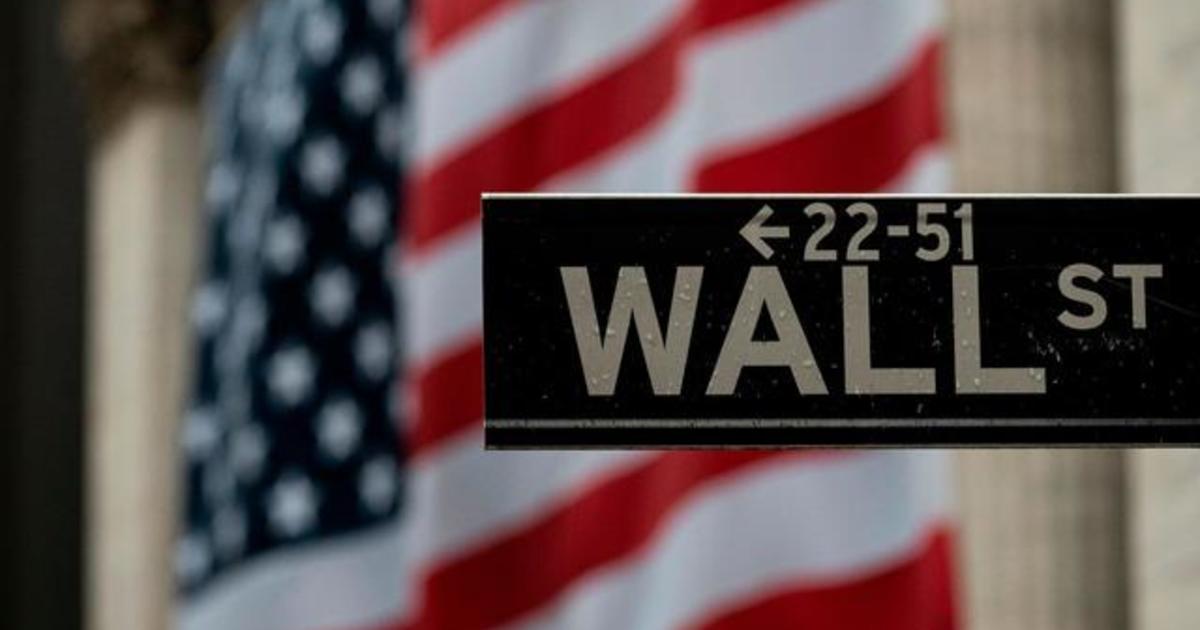Stocks are rallying Tuesday as Election Day finally arrives following a punishing campaign that created enough uncertainty to help send markets spinning.
The S&P 500-stock index was 2.3% higher in midday trading and on pace for its best day in nearly five months. The Dow Jones industrial average was up more than 650 points, or 2.4%, at nearly 27,600, and the tech-heavy Nasdaq composite was 2.1% higher. The gains were widespread and global, with Treasury yields and oil prices also strengthening.
More than anything, what investors hope for is a clear winner to emerge from the election, even if it takes a while for the votes to be tallied. Whether that’s President Donald Trump or former Vice President Joe Biden is less important for long-term investors, because history shows stocks tend to rise regardless of which party controls the White House.
What’s the status of a second $1,200 stimulus checks?
Comparing the Biden and Trump tax plans: Will you pay more?
What investors fear is the prospect of a contested election, one that drags on and injects even more uncertainty into markets. Much of Wall Street expects a sharp drop in stocks to happen in such a scenario.
If Biden ends up winning, the thought is that could open the door to a big support package for the economy, particularly if the Democrats also take control of the Senate. Many professional investors expect a “Democratic sweep, which is the key to unlocking Congress’s ability to deliver significant fiscal stimulus,” said Stephen Innes of Axi in a report.
If President Trump were to win re-election and the Senate stays under Republican control, it would likely lead to less stimulus than under a Democratic sweep, according to Chris Zaccarelli, chief investment officer for Independent Advisor Alliance. A Biden win and Republican Senate would be seen as least beneficial to stocks, meanwhile, because it would mean the lowest chance for stimulus.
Swing states offer clues to state of the econ…
08:16
Investors and economists have been clamoring for a renewal of stimulus since the expiration of the last round of supplemental benefits for laid-off workers and other support approved earlier by Congress.
But investors see cases for optimism in other electoral scenarios, too, no matter who wins the White House. If President Trump were to win, that would likely mean a continuation of lower tax rates and lighter regulation on businesses, which would prop up the corporate profits that are the lifeblood of the stock market.
Ultimately, many professional investors say which party controls Washington matters much less to the economy and markets than what happens with the pandemic and whether a vaccine can arrive soon to help the economy heal.
Life after Election Day
The election is dominating investors’ attention, but plenty of other market-moving events are looming this week. The Federal Reserve is meeting on interest-rate policy and will announce its decision on Thursday. Its earlier moves to slash interest rates to record lows and to step forcefully into bond markets to push prices higher have helped Wall Street soar since March.
The Labor Department is also releasing its jobs report for October on Friday, where economists expect to see another slowdown in growth.
Who needs a second round of stimulus the most…
10:26
Meanwhile, it’s another heavy week for corporate earnings reports as companies continue to report drops in profit for the summer that weren’t as bad as Wall Street feared. So far this earnings reporting season, companies are saying their profits fell during the summer, but not by as much as Wall Street feared.
Hanging above it all is the continuing coronavirus pandemic. Several European governments are bringing back restrictions on businesses in hopes of stemming worsening virus counts. In the United States, where infections are also rising at a troubling rate, the worry is that fear alone of the virus could depress sales for companies.
A gauge of fear in the U.S. stock market, which measures expected volatility for the S&P 500, fell 6.5% Tuesday and continued its decline following last week’s jump to its highest level since June.
